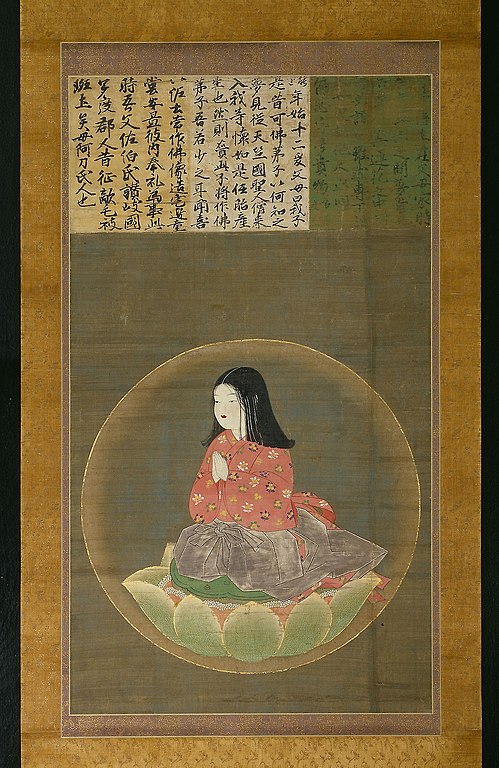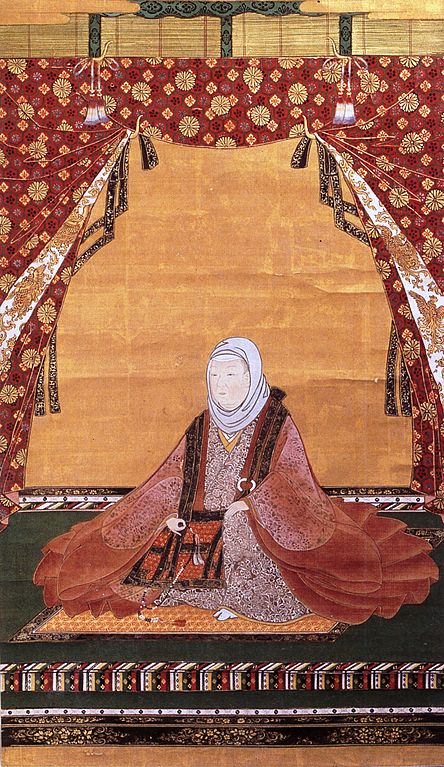
Thammasat University students interested in comparative religion, sociology, political science, history, Asian studies, and related subjects may find a new book useful.
A Buddha Land in This World: Philosophy, Utopia, and Radical Buddhism is an Open Access book available for free download at this link:
https://library.oapen.org/handle/20.500.12657/54050
The TU Library collection includes many books about different aspects of Buddhism.
A Buddha Land in This World is by Dr. Lajos L. Brons, who teaches metaphysics and the philosophy of language at Lakeland University Japan, a two-year liberal arts college located in the Shinjuku ward of Tokyo, Japan.
His book discusses early twentieth century Buddhist thinkers, including Uchiyama Gudō, Seno’o Girō, and Lin Qiuwu.
They tended to reject traditional concepts such as karma and other supernatural belief. They also had progressive political and economic views, opposed to unrestrained capitalism.
A Buddha Land in This World evaluates whether it is possible to develop a philosophy that is naturalist, anti-capitalist, Buddhist, and consistent.
Uchiyama Gudō was a Japanese Sōtō Zen Buddhist priest and anarcho-socialist activist, one of few Buddhist leaders who spoke out against the Meiji government in its imperialist projects.
Gudō was an outspoken advocate for redistributive land reform, overturning the Meiji emperor system, encouraging conscripts to desert en masse and advancing democratic rights for all.
He criticized Zen leaders who claimed that low social position was justified by karma and who sold abbotships to the highest bidder.
In the January 1904 edition of the newspaper Heimin Shimbun, Gudō quoted passages from the Lotus Sutra and the Diamond Sutra, he cited the notion that wrote: “Within the Dharma, there is equality, with neither superiority nor inferiority.”
He eventually printed denunciations of the Japanese government and its autocratic system.
He was arrested in 1909 and charged with violating press and publication laws. Before he was convicted, officials of the Sōtō Zen sect moved to deprive Gudō of his abbotship. After he was convicted, they deprived him of his status as a priest.
In 1993, the Sōtō Zen sect restored Gudō’s status as a priest citing that “when viewed by today’s standards of respect for human rights, Uchiyama Gudō’s writings contain elements that should be regarded as farsighted.”
Girō Senoo was a Japanese Nichiren Buddhist. He founded the short-lived Youth League for Revitalizing Buddhism (1931–1936).
Senoo argued that “the capitalist system generates suffering and, thus, violates the spirit of Buddhism.” He was critical of orthodox Marxists who denied the importance of spirituality and of pro-war Buddhists who supported Japanese Imperialism.
Senoo saw suffering as something not just to be transcended through spirituality but also an existential material condition to be analyzed and eliminated. He believed in the creation of a “pure buddha-land” in this world through new ideals which would lead to spiritual liberation as well as social and economic emancipation.
In 1936, Senoo was arrested by the Imperial government and charged with treason. In 1937 Senoo confessed his crimes and pledged his loyalty to the emperor after a five-month interrogation process. He was later released in 1942.
Lin Qiuwu, also known by his monastic name as Venerable Zhengfeng (1903-1934), is sometimes referred to as Taiwan’s revolutionary monk.

As a study by Dr. Charles B. Jones from 2015 published in the Journal of Global Buddhism (Switzerland) indicates,
He carried on many activities to discourage and ultimately put an end to Buddhist practices that he considered superstitious. These included the Ghost Festival (yu lan pen) held every year on July fifteenth and involving massive (and in Lin’s view, wasteful) prestations of food to the dead; and the ritual called the Yogic Release of the Flaming Mouths (yuqie yankou), a long and costly ceremony for feeding the hungry ghosts who roamed the world and accounted for hauntings. Lin was still relatively young when he returned from his study at Komazawa, and given his idealism and prodigious energy, he might have become a tremendous force for social change in Taiwan, or he may have spent his days in prison. (The latter is more likely, given that the viceregal government displayed progressively less tolerance for left-wing political activism as military mobilization and the outbreak of war on the Chinese mainland moved forward) However, in August 1934, he detected the first signs of the onset of tuberculosis. His illness progressed rapidly, and he succumbed to it on October 10, 1934, at the age of thirty-two (by Chinese reckoning). Today, his ashes rest in a pagoda that he himself had designed at the Kaiyuan Temple in Tainan. Lin Qiuwu’s writings leave the reader with the distinct impression that his was a gifted and fertile mind not satisfied with easy solutions. In a very real sense, his intellectual and political tasks would have been much easier had he chosen either Marxism or Buddhism, two distinct worldviews that are usually opposed to each other. Had he been able to say with Buddhism that social oppression is part of the larger problem of saüsàra, to be transcended through liberating insight, or with Marxism that religion is a tool of oppression to be opposed and eliminated, then his task would at least have been unencumbered by the need to reconcile apparent contradictions. But he chose to embrace both, and the tension generated by this choice led him to explore avenues unnoticed by his religious and political compatriots. A comprehensive analysis of both the political and religious sides of Lin’s thought would make this article quite unwieldy. It can make its most positive contribution by closely analyzing the way Lin used Buddhist terms and concepts in fashioning his political discourse. Thus, we will look at some of the specifics of Lin’s religio-political synthesis with special attention to his co-option of the Buddhist notion of the Pure Land, his development of the ideal of bodhisattva conduct, and his use of the unity of the dharmadhàtu as the philosophical justification for class struggle. I hope to present the Buddhist content of Lin’s thought in enough detail that scholars who study the general impact of Marxism on religion will be able to draw upon the material given below for their own analyses, although scholars of Buddhism may find it convenient to skip some of the more elementary material. Historically, the most popular form of Buddhism in China and Japan is not Zen, but Pure Land. Briefly, Pure Land Buddhism, as understood by the majority of its devotees, teaches that far, far to the West of our present world of suffering, a Buddha named Amitàbha dwells in a land made pure by the purity of his own conduct and consciousness. There are no temptations there, all its inhabitants obtain what they need just by thinking about it, and the Buddha and his attendant bodhisattvas stand ever ready to provide perfect teachings aimed at each inhabitant’s individual level of readiness. Even the songs of the birds in the trees and the babbling of the streams preach the Buddha-dharma continually. It is a place where conditions are ideal for meditation, study, and the eventual (and guaranteed) attainment of Buddhahood. The good news of Pure Land Buddhism is that Amitàbha created this Pure Land for the express purpose of drawing to it beings who, because of the less-than-perfect circumstances of life in this world, have no chance of escaping the vicissitudes of birth and death through their own study and practice… Rather than simply dismiss Pure Land devotionalism as counterrevolutionary, Lin chose instead to appropriate its vocabulary and redefine it for his own purposes.

(All images courtesy of Wikimedia Commons)
